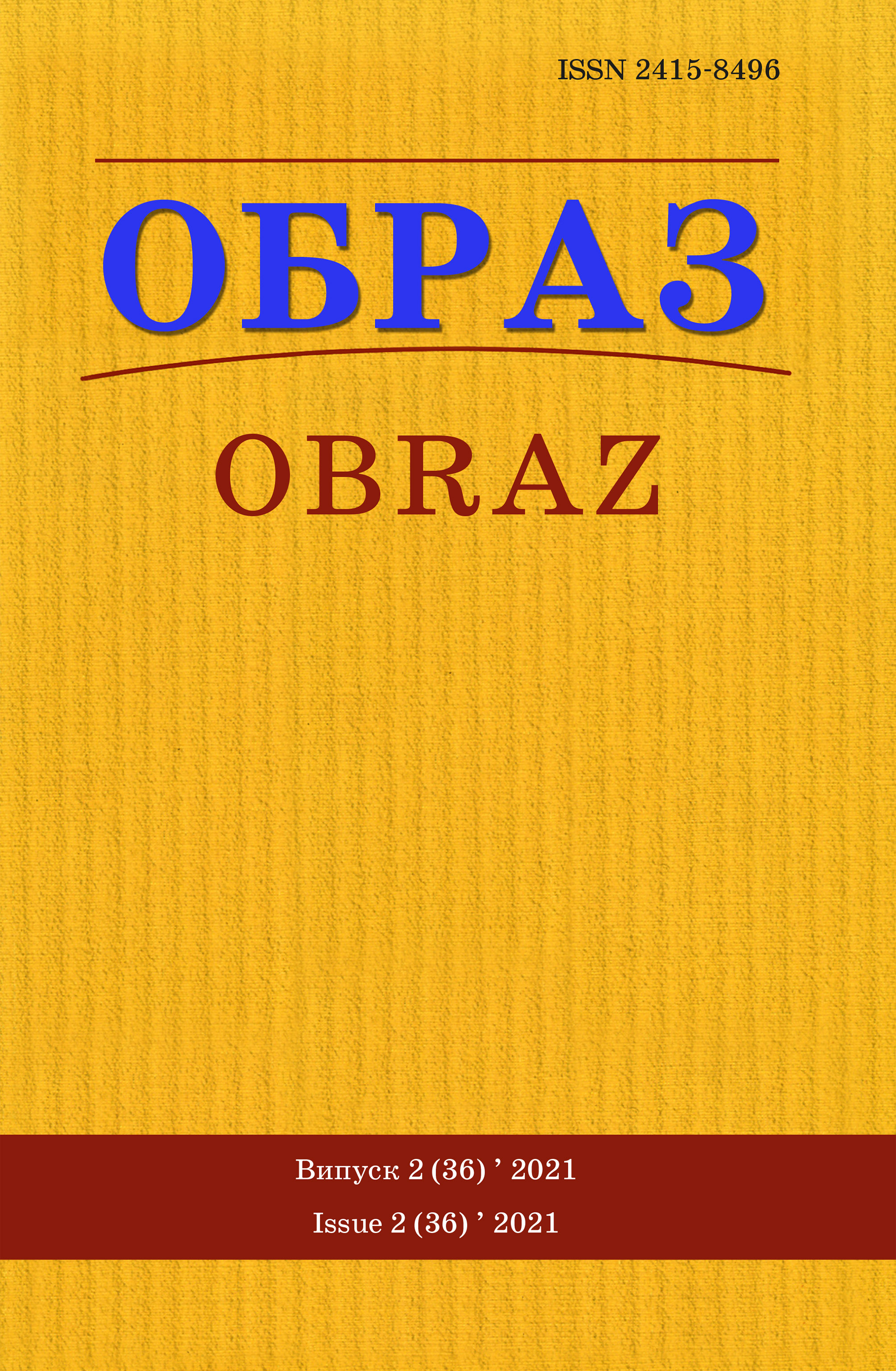Анотація
У статті розглянуто інформаційно-психологічний компонент російсько-української гібридної війни та стійкість українського суспільства до неформальних комунікацій як складової зовнішніх інформаційних впливів. Виконано стислий огляд досліджень феномена гібридної війни та його особливостей у контексті дій і воєнної думки Російської Федерації. Проаналізовано приклади використання неформальних комунікацій як інструмента інформаційної війни. Результати дослідження підтверджують, що канали неформальної комунікації за певних умов можуть бути використані для нагнітання паніки та провокації загрозливих для державної безпеки наслідків. Зазначається, що необхідно підвищувати стійкість суспільства до цієї категорії гібридних впливів.
Посилання
1. Want pease? Defeat the mutiny war: the creative heritage of E.E.Messner (2005), Voennyj Universitet, Moscow, 696 p.
2. Nord, P. (1971), L’intoxication: Arme Absolue De La Guerre Subversive. FeniXX, Paris, 456 p.
3. Toffler, A. (1980), The Third Wave (Vol. 484), Bantam books, New York, 544 p.
4. Toffler, A., & Toffler, H. (1993), War and anti-war: Survival at the dawn of the 21st century, Little Brown&Co, Boston, 302 p.
5. Fukuyama, F. (1999), The Great Disruption: Human Nature and the Reconstitution of Social Order, The Free Press, New York, 354 p.
6. Lasswell, H.D. (1971), Propaganda technique in world war I (Vol. 170), MIT Press, 268 p.
7. Dulles, A. (1966), The secret surrender, Harper&Row, New York, 268 p.
8. Rona, T.P. (1976), Weapon Systems and Information War, Boeing Aerospace Co., Seattle, WA, 86 p.
9. Hoffman, F.G. (2007), Conflict in the 21st century: The rise of hybrid wars, Potomac Institute for Policy Studies, Arlington, 72 p.
10. Hoffman, F.G. (2009), “Hybrid warfare and challenges”, Joint Force Quarterly, vol. 52, pp. 34–48.
11. Hoffman, F.G. (2009), “Further Thoughts on Hybrid Threats”, Small Wars Journal, March, 3, available at: https://smallwarsjournal.com/blog/journal/docs-temp/189-hoffman.pdf (accessed 13 September 2021).
12. Kaldor, M. (2013), “In Defence of New Wars”, Stability: International Journal of Security and Development, vol. 2, no. 1: 4, pp.1–16.
13. Mattis, J., & Hoffman, F. (2005), ”Future warfare: The rise of hybrid wars”, ProceedingsUnited States Naval Institute, vol. 131(11), no.18, available at: http://milnewstbay.pbworks. com/f/MattisFourBlockWarUSNINov2005.pdf (accessed 13 September 2021).
14. Glenn, R.W. (2012), All glory is fleeting: Insights from the Second Lebanon War, RAND National Defense Research Institute, Santa Monica, CA, 122 p.
15. Maigre, M. (2015), Nothing new in hybrid warfare: the Estonian experience and recommendations for NATO, German Marshall Fund of the United States, Washington, DC, 8 p.
16. Perry, B. (2015), “Non-linear warfare in Ukraine: The critical role of information operations and special operations”, Small Wars Journal, no. 14, pp. 1–30.
17. Gerasimov, V. (2013), “The value of science in prediction”. Voyenno-promyshlennyy kuryer [Military-Industrial Kurier], no. 27, available at: https://vpk-news.ru/articles/14632 (accessed 13 September 2021).
18. Chekinov, S.G. & Bogdanov, S.A. (2013), “The nature and content of a new-generation war”, Voyennaya mysl [Military thought], no. 4, pp.13–24.
19. Panarin, I.N. (2008), Information war for russia’s future, Goryachaya liniya-Telekom, Moscow, 256 p.
20. Dugin, A.G. (2009), Fourth Political Theory. Russia and Political Ideas of the 20th Century, St. Petersburg, Amfora, 343 p.
21. Dugin, A.G. (2007), Postmodern Geopolitics, St. Petersburg, Amfora, 382 p.
22. Thomas, T. (2004), “Russia’s reflexive control theory and the military”, Journal of Slavic Military Studies, no. 17(2), pp.237–256.
23. Galeotti, M. (2015), “Hybrid war” and “little green men”: How it works, and how it doesn’t”. Ukraine and Russia: People, politics, propaganda and perspectives, pp.160–167.
24. Pomerantsev, P. & Weiss, M. (2014), The menace of unreality: How the Kremlin weaponizes information, culture and money, Institute of Modern Russia, New York, 41 p.
25. Darczewska, J. (2014), The anatomy of Russian information warfare. The Crimean operation, a case study, Ośrodek Studiów Wschodnich im. Marka Karpia, Warsaw, 37 p.
26. Pocheptsov, G. (2018), Information wars. New policy tool, Litres, Kyiv, 256 p.
27. Gorbulin, V.P. (2017), World hybrid war: Ukrainian front: monograph, NISD, Kyiv, 496 p.
28. Magda, Y.V. (2014). “Challenges of hybrid warfare: information dimension”, Scientific Papers of the Legislation Institute of the Verkhovna Rada of Ukraine, vol. 5, pp.138–142.
29. Salnikova, O.V., Ivashchenko, A.M., & Sivokha, I.M. (2019), “Application of reflexive control in strategic communications for counteraction to threats of hybrid character”, Social development & Security, vol. 9, no. 5, pp. 133–142.
30. Bieleskov, M.M. (2021), Modern Russian way of waging war: theoretical foundations and practical content: an analytical report, NISS, Kyiv, 29 p.
31. Syshchuk, О.А. (2015), Information and psychological component of the «hybrid war», Ukraine in the system of paradigm changes of the world order of the XX-XXI centuries, Un-t im. B. Grinchenka, Kyiv, pp.143–147.
32. Svetoka, S. (2016), Social media as a tool of hybrid warfare, NATO Strategic Communications Centre of Excellence, Riga, 49 p.
33. Wither, J.K. (2016), “Making sense of hybrid warfare”, Connections, vol. 15, no. 2, pp.73– 87.
34. Chivvis, C.S. (2017), Understanding Russian “Hybrid Warfare”, Rand Corporation, Santa Monica, CA, 12 p.
35. Huhtinen, A.M., & Rantapelkonen, J. (2016). “Disinformation in hybrid warfare: The rhizomatic speed of social media in the spamosphere”, Journal of Information Warfare, vol. 15 no. 4, pp. 50–67.
36. Karber, P.A. (2015), Russian Style Hybrid Warfare, The Potomac Foundation, McLean, VA. 8 p.
37. Velychko, L., «Masters of panic. This is how the pro-Russian network in Ukraine organized a riot in Novi Sanzhary» [in Ukrainian], available at: https://texty.org.ua/articles/100356/ specoperaciya-imeni-portnova-ta-shariya-yak-rozhanyaly-paniku-v-novyh-sanzharah-i-hto-zacym-stoyit/ (accessed 13 September 2021).
38. Velychko, L., «Telega» for the Servant. This is how Telegram channels, presumably from Russia, affect the work of the parliament» [in Ukrainian], available at: https://texty.org.ua/ articles/101438/tyelyeha-dlya-sluhy-yak-telehram-kanaly-sho-jmovirno-vedutsya-z-rosiyivplyvayut-na-robotu-rady/ (accessed 13 September 2021).

Ця робота ліцензується відповідно до ліцензії Creative Commons Attribution 4.0 International License.

